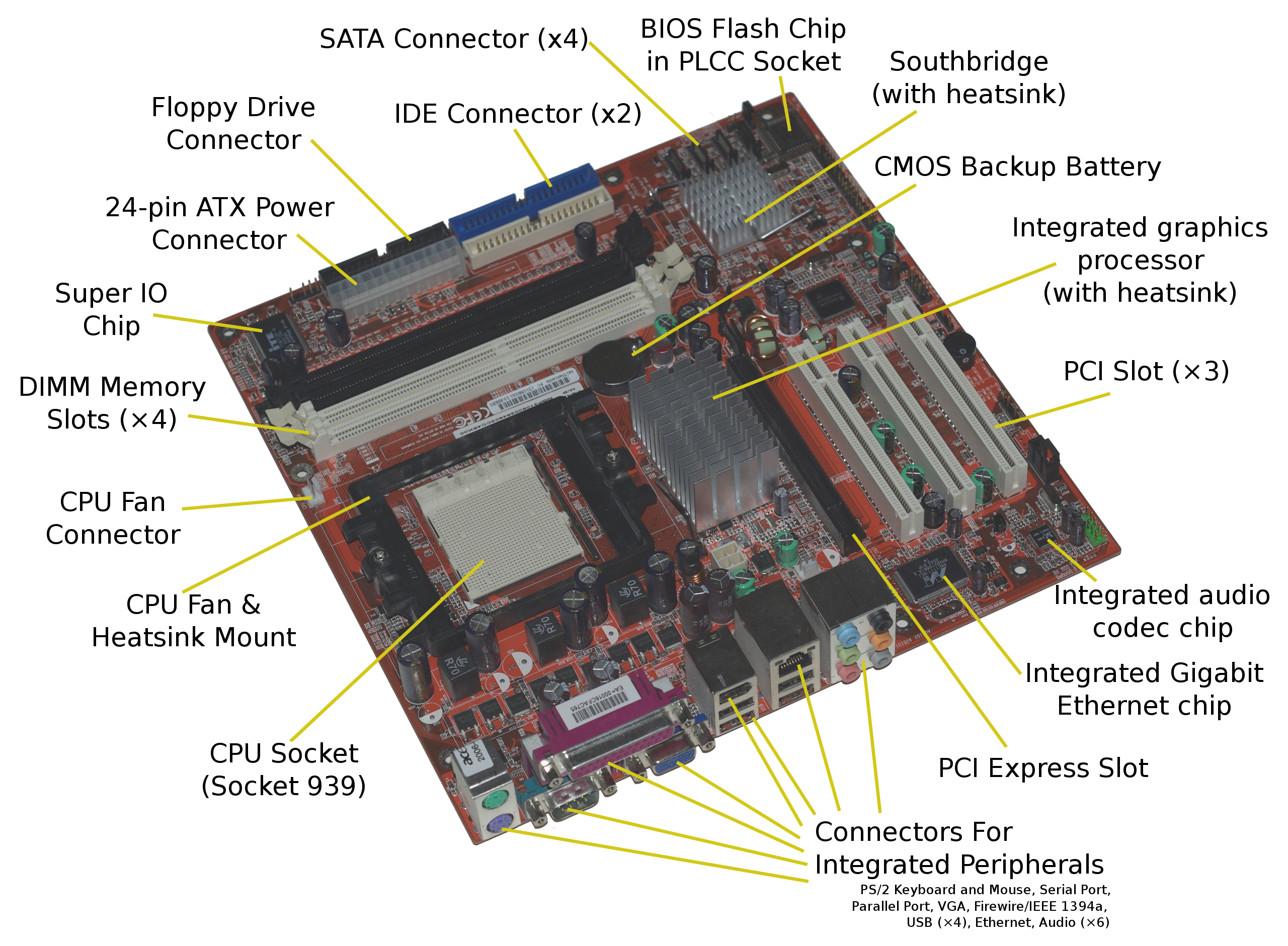Unveiling the Secrets: Resolving Vista Restore Point Glitches
Troubleshoot missing restore points
1. Open the System Protection tab: Click the Start button, type “System Protection” in the search box, and select “Create a restore point” from the list.
2. Check Task Scheduler: Open the Task Scheduler by clicking Start, typing “Task Scheduler” in the search box, and selecting “Task Scheduler” from the list. Expand the Task Scheduler Library and navigate to Microsoft > Windows > SystemRestore. If there are no tasks listed, this may be the cause of the problem.
3. Run System File Checker: Open a command prompt as an administrator by clicking Start, typing “cmd” in the search box, right-clicking Command Prompt, and selecting “Run as administrator”. Type “sfc /scannow” and press Enter. This will scan and repair any corrupted system files.
4. Check disk space: Insufficient disk space can prevent System Restore from creating restore points. To free up space, delete unnecessary files or use storage optimization tools.
If these steps don’t resolve the issue, refer to our Knowledgebase for more troubleshooting tips.
Enable System Restore and check HDD space
To enable System Restore and check HDD space in Windows Vista, follow these steps:
1. Open the Start menu and type “System Protection” in the search bar.
2. Click on “System Protection” in the search results to open the System Properties window.
3. In the System Properties window, click on the “System Protection” tab.
4. Under the “Protection Settings” section, select the hard drive you want to enable System Restore for.
5. Click on the “Configure” button.
6. In the next window, select the option to “Turn on system protection” and adjust the maximum disk space usage if needed.
7. Click “Apply” and then “OK” to save the changes.
8. To check the HDD space allocated for System Restore, go back to the System Properties window and click on the “Disk Space Usage” button.
By following these steps, you can enable System Restore and check the HDD space in Windows Vista.
Run chkdsk and sfc to fix restore point issues
To troubleshoot and fix Vista restore point issues, you can run chkdsk and sfc. These tools help identify and repair any problems with your computer’s hard drive and system files.
Here’s how to do it:
1. Press the Windows key + R to open the Run dialog box.
2. Type “cmd” and press Enter to open the Command Prompt.
3. In the Command Prompt, type “chkdsk /f” and press Enter. This will scan and fix any errors on your hard drive.
4. Once chkdsk is complete, type “sfc /scannow” and press Enter. This will scan and repair any corrupted system files.
5. Wait for the scan to finish, and then restart your computer.
After completing these steps, try creating a restore point again. If the issue persists, you may need to consider other troubleshooting options or seek further assistance.
python
import shutil
import os
import datetime
def create_backup(source_path, destination_path):
timestamp = datetime.datetime.now().strftime("%Y%m%d%H%M%S")
backup_folder = os.path.join(destination_path, f"backup_{timestamp}")
try:
shutil.copytree(source_path, backup_folder)
print("Backup created successfully!")
except Exception as e:
print(f"Backup creation failed: {str(e)}")
# Example usage:
source_path = "/path/to/important/files"
destination_path = "/path/to/backup/folder"
create_backup(source_path, destination_path)
In this code, the function `create_backup` takes in a source directory path containing the important files you want to backup and a destination directory path where the backup will be stored. It creates a timestamped backup folder within the destination directory and copies all the files from the source directory to the backup folder using the `shutil.copytree` function.
Please note that this code creates manual backups of specific files or directories and does not address the issue of non-functioning restore points in Windows Vista directly.
Check Volume Shadow Copy and page file fragmentation
To troubleshoot and fix Vista Restore Point not working, it is important to check Volume Shadow Copy and page file fragmentation. Here are the steps to follow:
1. Check Volume Shadow Copy:
– Press the Windows key + R to open the Run dialog box.
– Type “services.msc” and press Enter.
– Scroll down and locate “Volume Shadow Copy” in the list of services.
– Right-click on “Volume Shadow Copy” and select “Properties“.
– Set the “Startup type” to “Automatic” and click “Apply“.
2. Check page file fragmentation:
– Press the Windows key + R to open the Run dialog box.
– Type “sysdm.cpl” and press Enter.
– In the System Properties window, go to the “Advanced” tab and click on “Settings” under the “Performance” section.
– In the Performance Options window, go to the “Advanced” tab and click on “Change” under the “Virtual Memory” section.
– Uncheck the “Automatically manage paging file size for all drives” option.
– Select the drive where Windows is installed, click on “Custom Size“, and set the initial and maximum size to the same value (recommended size is usually the total amount of RAM installed).
– Click “OK” to save the changes.
By following these steps, you can resolve issues with Vista Restore Point not working and ensure the smooth functioning of your Windows Vista system.
Restore your PC via Safe Mode or EasyRE
To restore your PC using Safe Mode or EasyRE, follow these steps:
1. Start by rebooting your computer and continuously pressing the F8 key until the Advanced Boot Options menu appears.
2. Use the arrow keys to highlight “Safe Mode” and press Enter.
3. Once in Safe Mode, click the Start button and type “System Protection” in the search box. Press Enter.
4. In the System Protection tab, click “System Restore”.
5. Select a restore point from a date when your PC was functioning properly and click “Next”.
6. Review the restoration details and click “Finish” to start the restore process.
If Safe Mode doesn’t resolve the issue, you can try using EasyRE, a powerful recovery tool. Here’s how:
1. Download and install EasyRE on a working computer.
2. Create a bootable USB or CD using EasyRE.
3. Insert the bootable media into your non-working PC and restart it.
4. Follow the on-screen instructions provided by EasyRE to repair your computer.
By following these steps, you can troubleshoot and fix issues with Vista’s restore point not working.
Configure system restore disk space usage
To configure system restore disk space usage, follow these steps:
1. Click the Start button and search for “System Protection.”
2. Select “Create a restore point” from the list of results.
3. In the System Protection tab, click on the drive you want to configure and then click on the “Configure” button.
4. In the next window, you can adjust the maximum disk space used for system restore points.
5. Move the slider to the desired amount of disk space or enter a specific number in the box.
6. Click “Apply” and then “OK” to save the changes.
By adjusting the disk space usage, you can ensure that your system has enough room for restore points without using excessive storage. This can help troubleshoot and fix issues with Vista restore points not working. Remember to regularly create restore points to have a reliable recovery option in case of any issues.
Ensure system restore points are being created
To ensure that system restore points are being created on your Vista operating system, follow these steps:
1. Click the Start button and type “System Protection” in the search box.
2. Select “Create a restore point” from the search results.
3. In the System Properties window that appears, click on the “System Protection” tab.
4. Make sure that protection is enabled for your system drive. If it is not, select the drive and click on the “Configure” button.
5. In the configuration window, select the “Turn on system protection” option and adjust the disk space usage if needed.
6. Click “Apply” and then “OK” to save the changes.
7. Now, your system will automatically create restore points at regular intervals.
By following these steps, you can ensure that system restore points are being created on your Vista operating system, which can help you troubleshoot and fix any issues that may arise.
Reinstall, reset, or repair Windows to fix system restore issues
To troubleshoot and fix issues with Vista restore points not working, you can try reinstalling, resetting, or repairing Windows. Follow these steps:
1. Reinstall Windows:
– Back up any important files before proceeding.
– Insert your Windows installation disc or USB drive.
– Restart your computer and boot from the installation media.
– Select your language preferences and click “Next.”
– Click “Install Now” and follow the on-screen instructions to reinstall Windows.
2. Reset Windows:
– Press the Windows key + I to open the Settings app.
– Go to “Update & Security” and select “Recovery.”
– Under “Reset this PC,” click “Get started” and follow the prompts to reset Windows.
3. Repair Windows:
– Boot your computer using the Windows installation media.
– Select your language preferences and click “Next.”
– Click “Repair your computer” and select “Troubleshoot.”
– Choose “Advanced options” and select “Startup Repair” or “System File Checker” to repair Windows.
Remember to back up your data before attempting these fixes. If none of these solutions work, consult the Microsoft Knowledgebase or seek further assistance.







